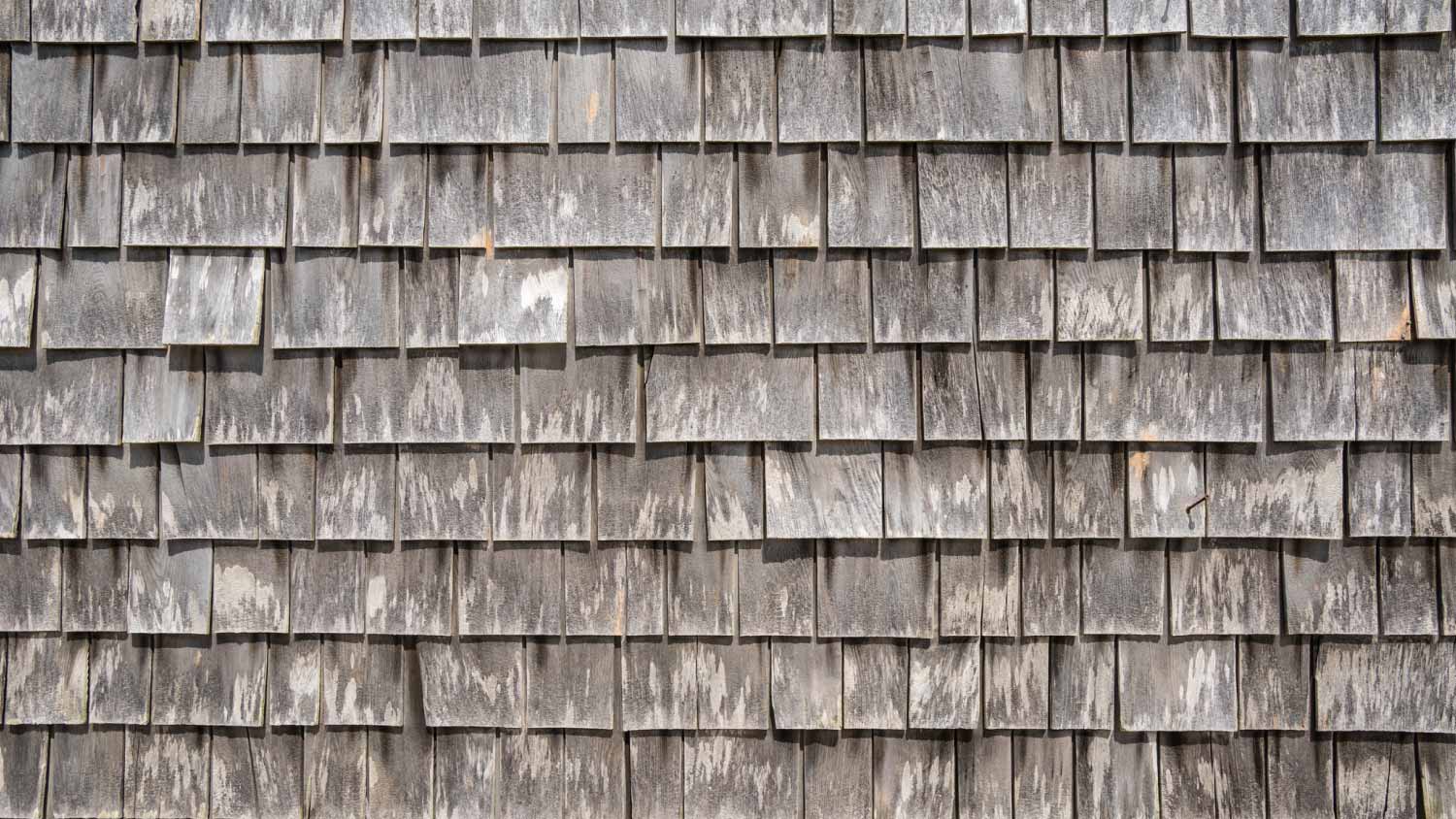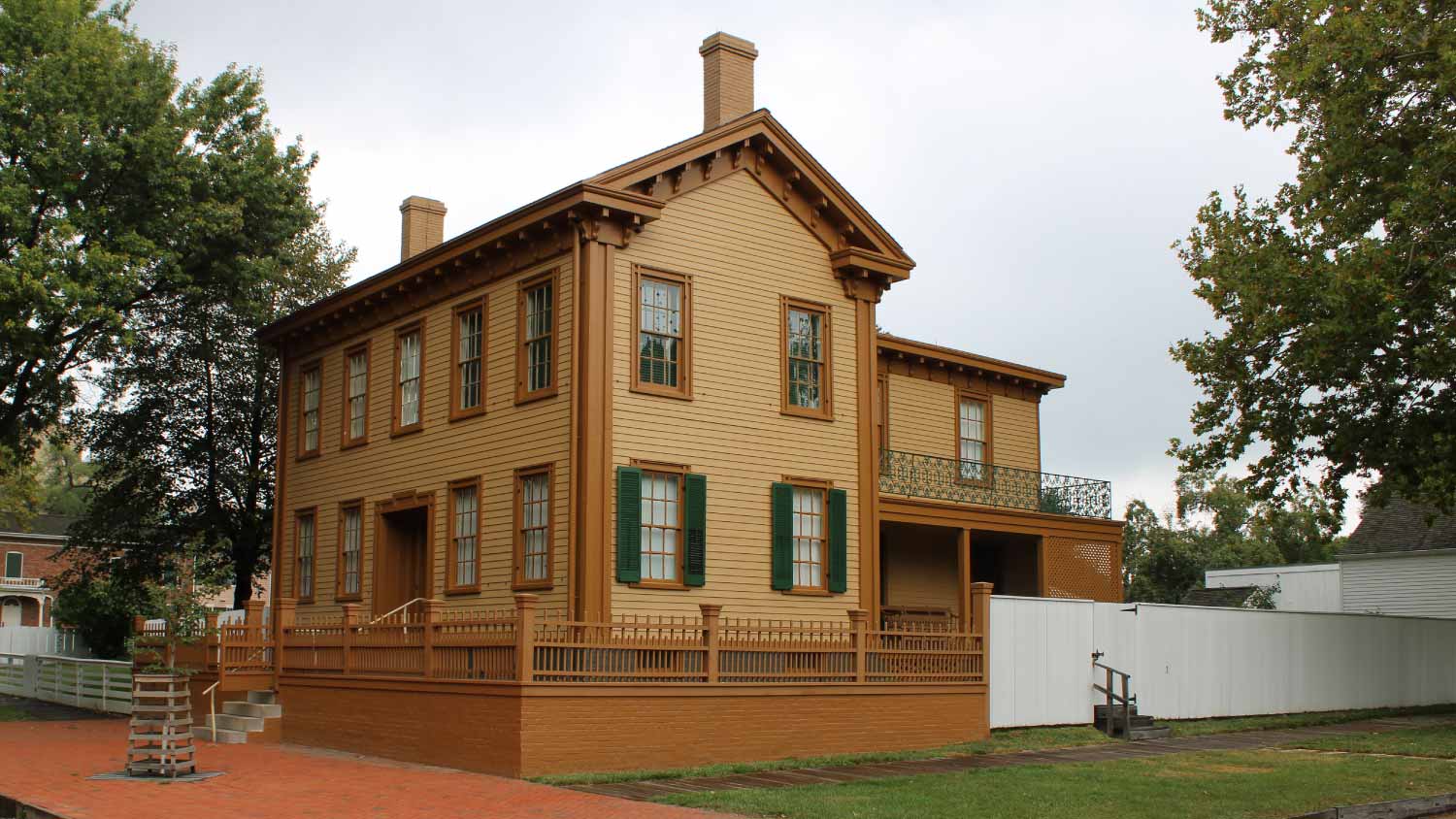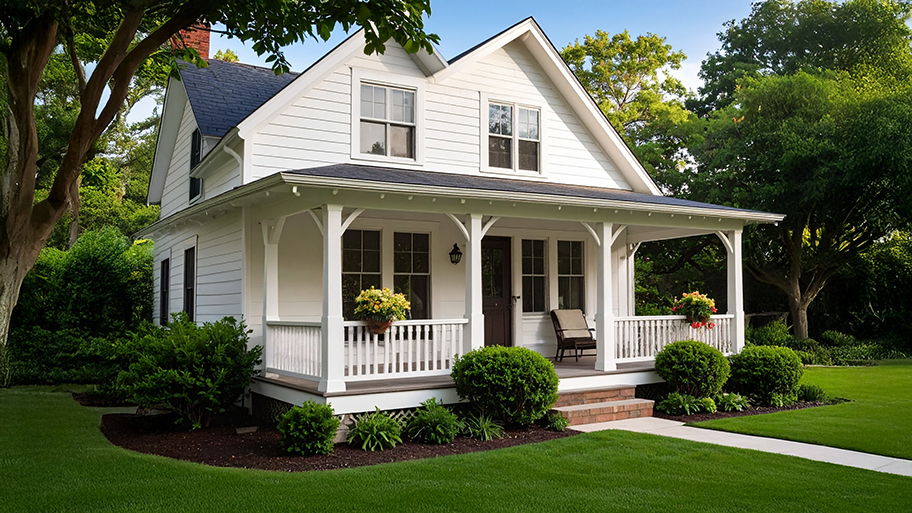
Discover the cost to remove asbestos siding, including average prices, key cost factors, and tips to help homeowners plan a safe and budget-friendly project.
Is it asbestos or not? There's only one way to know for sure


Asbestos siding may have a wood grain or other texture.
Older homes are more likely to have asbestos siding than newer homes.
Taking a sample for testing is the only way to identify asbestos definitively.
Back in the day, asbestos was a commonly used material in homes — found in everything from siding to floor tiles to roof shingles, thanks to its fire resistance and excellent insulating properties. Unfortunately, asbestos can be a health hazard, particularly with prolonged exposure. What does asbestos siding look like? Here's how to identify it.
Take a look at your house. If it's made from brick or stone, you're in the clear, as your siding doesn't contain asbestos. If your house has siding that's made from a less easily identifiable material, such as cement or vinyl, there's a chance that asbestos is involved.

The texture of your siding is another warning sign that asbestos may be present. Asbestos was often used in siding materials that have a wood grain pattern or that look like roof shingles. Often, asbestos siding has what looks like a chalky texture. It may feel brittle, too.
It's very likely that any asbestos siding on your home will be older, which means it may not be in the best condition. As asbestos siding ages, it starts to deteriorate and may look rough and flaky, particularly around the edges.
Older homes may have asbestos siding and are also more likely to have been painted several times over. Take a close look at any suspicious siding to see if it's been painted multiple times. The more layers of paint present, the higher the likelihood there's asbestos siding underneath.

Asbestos is a type of mineral fiber, which can either look like loopy curlicues or thin, sharp needles. If you inspect your siding and see that it's made from a fibrous material, then asbestos could be present.
Another possible sign of asbestos in your siding is the presence of two or three nail holes on the bottom edge of each siding panel.
Some companies made it easy for you to identify asbestos siding. The label on the siding may say "asbestos."
Newer, asbestos-free siding will have a manufacturer code stamped on the back. If you see a code, you can feel fairly confident that your siding is asbestos-free.

Was your home built in the 1980s, 1990s, or later? Then don't sweat it, as asbestos wasn't used in siding after the 1970s.
If your home is older, particularly if it was first constructed in the mid-20th century, then there's a higher chance that the siding contains asbestos.
The only way to identify asbestos siding with 100% certainty is to send a sample of the siding to a lab for testing. To do that, you should hire a local asbestos testing company to collect a sample safely, and send it to a lab for analysis.
The golden rule with asbestos is to leave it alone. Disturbing the material can release the fibers into the air, putting you and others at risk for respiratory issues, particularly with prolonged exposure. A professional will wear appropriate protective equipment and will know how to handle the material in a way that limits exposure and disturbance.
From average costs to expert advice, get all the answers you need to get your job done.

Discover the cost to remove asbestos siding, including average prices, key cost factors, and tips to help homeowners plan a safe and budget-friendly project.

Asbestos removal costs vary based on where it’s located, the size of the job, and if there is any underlying damage. Learn what has the biggest effect on the cost.

The cost of asbestos testing varies based on location, property size, test type, and other factors. Here’s a breakdown of the costs to conduct an asbestos survey.

Learning how to test for asbestos on a popcorn ceiling yourself is possible with an at-home DIY kit, but you may want to hire a pro to avoid errors.

When you are wondering how to test for asbestos, you can use a DIY at-home testing kit or you can reach out to a local asbestos testing company.

There are ways to cover asbestos siding that make it safer, but it is always going to be safest to have a professional company perform the required tests and remove it.